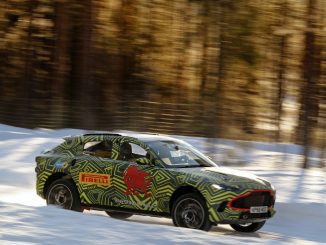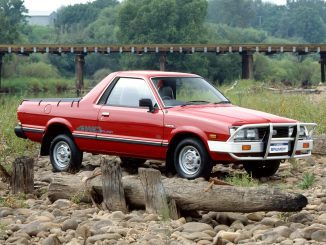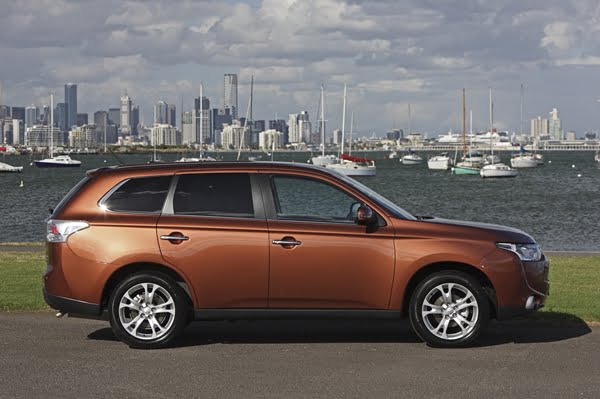
Whether it’s muddy gravel roads in Outback Australia or snow-covered alpine passes, the all-new Ford Kuga’s all-wheel-drive system offers drivers extra traction in slippery and snow-ridden conditions.
Advanced Ford-developed software behind the new Ford Kuga’s intelligent all-wheel-drive system pre-emptively reassesses conditions about 20 times faster than it takes to blink an eye, readjusting the power split to give the driver the precise blend of handling and traction at all times.
If, for example, the front of the vehicle is on ice and the rear is on pavement, the all-wheel-drive system can send all the torque the powertrain can produce to the rear, putting power where the driver needs it.
It is a very robust system, tested and tuned around the world in varied conditions.
Using advanced software and sensors, the system gathers data from 25 external signals, including wheel speed, accelerator pedal position and steering wheel angle, to deliver outstanding driving performance in both wet and dry conditions as well as excellent off-road traction.
Greater confidence when entering and driving through turns is enabled by technologies like Torque Vectoring Control, which is available together with the AWD system for the first time in a Ford SUV.
Splitting the torque
The all-wheel drive system pre-emptively splits the torque produced by the powertrain between the front and rear axles. Splitting the torque offers several benefits to the driver.
First, it transfers the power, which means when a driver corners hard, the vehicle will better follow the intended steering path. For example, if the vehicle is understeering – the tendency to go straight when cornering – the system will automatically split more torque to the rear wheels to help counteract that effect and provide more neutral steering.
Second, and new to this all-new SUV, are feedback sensors and software that calculate – based on the driver’s steering angle – where the driver wants to go versus where the vehicle is heading, and adjust the torque split accordingly.
An advanced computer uses all the inputs from an array of sensors and data – such as lateral acceleration, driver-demanded torque and steering angle – and processes that information to get the vehicle to turn in the direction the driver wants it to go. The Ford system builds on the pre-emptive actions by adding and subtracting torque as needed through an electromagnetic clutch.
All of these adjustments, corrections and calculations are made every 16 milliseconds, which is about 20 times faster than the blink of an eye.
Both the brains (the control software) and the brawn (the rear axle) were developed in-house by Ford.
The driver can see the power distribution displayed on a screen inside the dash.
The system faced rigorous testing from the mountains of New Zealand to the California desert. Testing included snowy conditions, long mountain passes, extended hill climbs and high-temperature, off-road environments.



